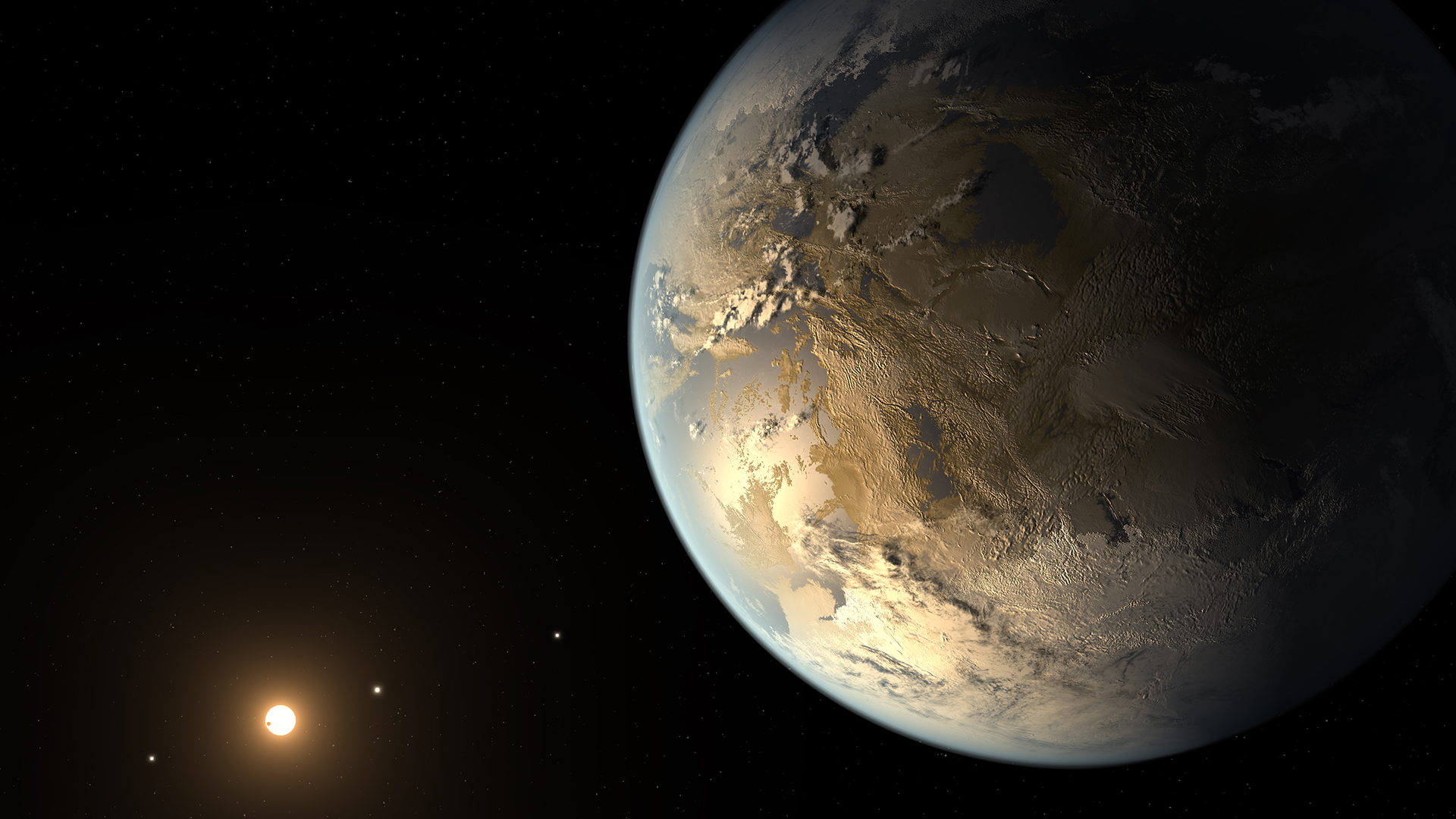No near neighbors: Closest technologically advanced aliens may be 33,000 light-years from Earth

A new study argues that conditions necessary for intelligent extraterrestrial life may be far less common than once thought.
Planets lacking plate tectonics and sufficient carbon dioxide and oxygen could make advanced civilizations like ours extremely rare, Manuel Scherf and Helmut Lammer of the Austrian Academy of Sciences suggested during a presentation at the Europlanet Science Congress and the Division for Planetary Science (EPSC-DPS) in Helsinki earlier this month.
According to their research, for a biosphere to persist long enough to allow for the evolution of complex life and subsequent advanced technology, an Earth-like planet needs to meet certain criteria.
First, there must be enough carbon dioxide to sustain photosynthesis and prevent atmospheric escape — but not too much that the atmosphere becomes toxic or traps too much heat. The key to this balance is plate tectonics, which regulate the amount of atmospheric carbon dioxide via the carbon-silicate cycle.
But plate tectonics won’t maintain the biosphere forever. “At some point, enough carbon dioxide will be drawn from the atmosphere so that photosynthesis will stop working. For the Earth, that’s expected to happen in about 200 million to roughly one billion years,” Scherf said in a statement. Thus, a planet would also need a life-sustaining biosphere that lasts longer than the time it takes for technologically intelligent life to evolve. On Earth, that evolution took 4.5 billion years.
Second, a world must have a nitrogen-oxygen dominant atmosphere to develop an advanced civilization. Oxygen, in particular, is crucial not only for biology but also for technological advancement. For example, levels below about 18% oxygen could prevent the use of fire, which historically has been essential for metalworking and thus the development of advanced tools.
The team created models to compare the lifespans of biospheres with various atmospheric compositions to the amount of time it might take advanced civilizations to evolve. They concluded that if an advanced technological civilization were to exist in our Milky Way galaxy, the closest it would be to Earth is likely about 33,000 light-years away. Such a civilization would also have to survive for at least 280,000 years — and possibly much longer — for there to be any chance it overlaps with ours in time.
In other words, the odds are very slim that we coexist with another intelligent civilization in the Milky Way.



